Still water can remain undersaturated or supersaturated for several hours or days
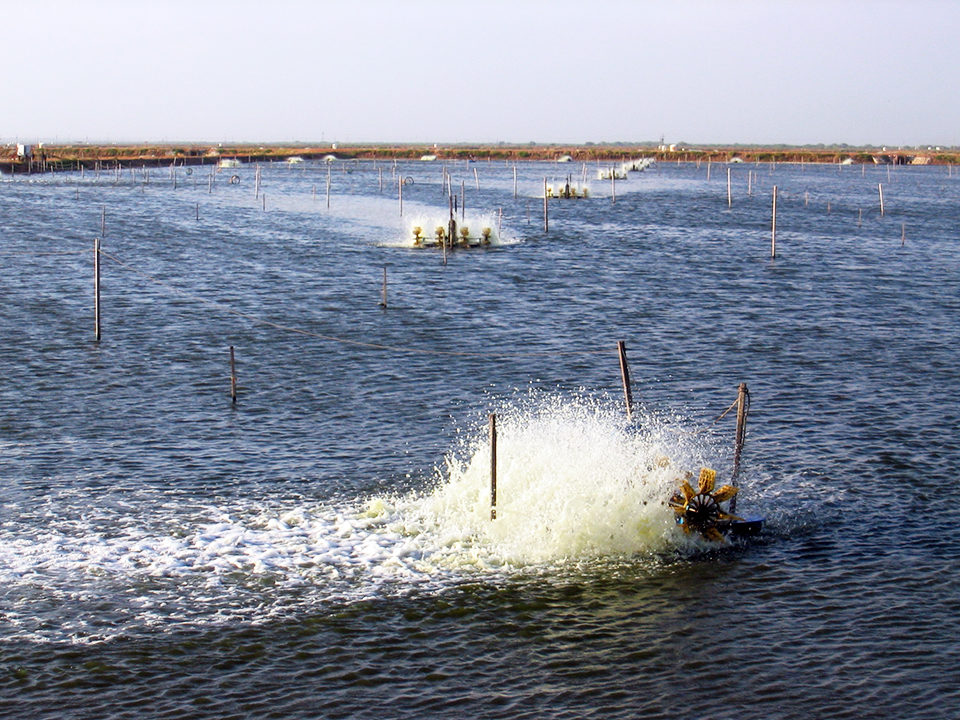
Atmospheric pressure results from the weight of atmospheric gases pressing down on the earth’s surface. The atmospheric gases and their proportions are: nitrogen, 78.084 percent; oxygen, 20.946 percent; argon, 0.934 percent; carbon dioxide, 0.038 percent; water vapor and other gases, 0.036 percent.
According to Dalton’s Law of Partial Pressures, each gas in the atmosphere exerts a pressure (partial pressure) in direct proportion to its percentage composition. For example, standard atmospheric pressure at sea level is 760 mm of mercury (Hg), and the partial pressure of nitrogen is 593.4 mm (760 mm x 0.78084)
Henry’s Law states that each gas has a characteristic solubility, and its molecules will diffuse from the atmosphere into water until the pressure in water equals the partial pressure of the gas in the atmosphere. When this state is reached, the pressure of the gas in the atmosphere is at equilibrium with its pressure in water, and no further net exchange of its molecules occurs between the atmosphere and water.
At this stage, the water is said to be saturated with the gas. When the pressures of gases in the atmosphere and in the water are equal, the water is saturated with air.
Under certain conditions, water can contain either a lower or higher concentration of one or more gases than it should at equilibrium. When water is undersaturated with a gas, that gas enters the water from the atmosphere, and an equilibrium state is attained. Likewise, if water has more of a gas than it should – a state called supersaturation – the gas will diffuse from water to the atmosphere until equilibrium is reached.
Such diffusion does not occur rapidly in still water. Still water can remain undersaturated or supersaturated for several hours or days under certain conditions.
Saturation concentration
The saturation concentrations of gases and air vary with water temperature (Table 1). A sudden rise in temperature would result in temporary gas supersaturation, while a drop in temperature would cause temporary gas undersaturation.
Concentrations of air and individual gases in water sometimes are given as percentage saturation. For example, saturation with dissolved air at 20 degrees C is 25.06 mg/L (Table 1), but if water at this temperature contains 30.17 mg/L air, its percentage saturation with air is 120.4 percent [(30.17/25.06) x 100]. Obviously, at equilibrium, the percentage saturation of a gas (or air) in water is 100 percent.
Boyd, Concentrations of individual gases, Table 1
| Water Temp. (° C) | Concentration (mg/L) Nitrogen | Concentration (mg/L) Oxygen | Concentration (mg/L) Argon | Concentration (mg/L) Carbon Dioxide | Concentration (mg/L) Air |
|---|
Water Temp. (° C) | Concentration (mg/L) Nitrogen | Concentration (mg/L) Oxygen | Concentration (mg/L) Argon | Concentration (mg/L) Carbon Dioxide | Concentration (mg/L) Air |
|---|---|---|---|---|---|
| 5 | 20.33 | 12.56 | 0.78 | 0.89 | 34.56 |
| 10 | 18.14 | 11.28 | 0.69 | 0.75 | 30.86 |
| 15 | 16.36 | 10.07 | 0.62 | 0.63 | 27.68 |
| 20 | 14.88 | 9.08 | 0.56 | 0.54 | 25.06 |
| 25 | 13.64 | 8.24 | 0.50 | 0.46 | 22.84 |
| 30 | 12.58 | 7.54 | 0.46 | 0.40 | 20.98 |
| 35 | 11.68 | 6.93 | 0.42 | 0.35 | 19.38 |
| 40 | 10.89 | 6.41 | 0.39 | 0.31 | 18.00 |
Supersaturation
There are several reasons why water becomes supersaturated with air. Natural warming of water in a pond or heating of water in hatcheries are common causes. Air leaks on the suction side of pumps or an improper submergence depth of pump intakes can cause gas supersaturation. Highly efficient submerged aerators have also been reported to cause gas supersaturation.
One of the best-known causes of gas supersaturation is entrainment of air bubbles when water falls over spillways of high dams. In cooler climates, water that infiltrates downward into aquifers in winter can be quite cold and contain a high concentration of air. In warm weather, water from wells in such aquifers tend to be supersaturated with air in respect to ambient air temperature.
Individual gases can be below or above saturation, with the most common example being dissolved oxygen. It is not unusual for surface waters in ponds to have dissolved-oxygen supersaturation of 200 to 300 percent during the afternoon because of photosynthesis. At night, photosynthesis stops, and respiration can cause dissolved-oxygen concentrations to fall to 50 percent or less of saturation.
Gas bubble trauma
Gases dissolve in the blood of fish, shrimp and other aquatic animals. Suppose animals are held in water at a certain temperature, and their blood equilibrates with gases in the water. Then suppose the water is suddenly warmed, resulting in gas supersaturation. The fish blood also will be supersaturated with gases, and gas bubbles can form in the blood. In fact, anytime the blood of animals becomes supersaturated with gas, bubbles can form.
This condition is known as gas bubble trauma, and it can lead to stress or mortality. Eggs may float to the surface, and larvae and fry may exhibit hyperinflation of the swim bladder, cranial swelling, swollen gill lamellae and other abnormalities.
A common symptom of acute gas bubble trauma in juvenile and adult fish is gas bubbles in the blood that can be seen in the surface tissues on the head, in the mouth and in fin rays. The eyes of affected fish also tend to protrude.
Saturation assessment
A variable known as ΔP is used to assess gas supersaturation in water relative to gas bubble trauma. The ΔP is defined as the difference between the total gas pressure in water and the barometric pressure at a given location.
The ΔP can be calculated by measuring the partial pressure of each gas in the water [(percentage saturation/100 x partial pressure in the atmosphere], summing the partial pressures and subtracting from the sum the barometric pressure. Fortunately, a relatively inexpensive instrument called a saturometer can be used to measure ΔP directly.
Aquatic animals exposed to ΔP values of 25 to 75 mm Hg on a continuous basis may exhibit some symptoms of gas bubble trauma, and low-level mortality may occur over an extended period of time. Acute gas bubble trauma occurs at greater levels of ΔP. Symptoms will be more pronounced, and mortalities typically are 50 to 100 percent.
Supersaturation of pond waters with dissolved oxygen during afternoons is a common occurrence. This condition usually does not harm culture animals, for supersaturation does not persist for long and is often limited to surface waters. Animals can move to greater depths, where the combination of lower dissolved-oxygen concentration and greater hydrostatic pressure result in a lower ΔP.
Nevertheless, carp reportedly had a greater frequency of disease when percentage saturation with dissolved oxygen exceeded 150 percent (ΔP above 225 mm Hg). Mortality of fish and shrimp has been reported in culture systems where dissolved-oxygen supersaturation exceeded 300 percent (ΔP above 450 mm Hg).
Management
Supersaturating gases can be removed from water in degassing towers in which water is passed through screens or other media to increase exposure to the atmosphere. In ponds, aerators that splash water into the air can lessen afternoon supersaturation with dissolved oxygen caused by a high rate of photosynthesis. Of course, managers always should guard against gas supersaturation caused by heating water, pumps, submerged aerators and air entrainment.
(Editor’s Note: This article was originally published in the July/August 2012 print edition of the Global Aquaculture Advocate.)
Author
-

Claude E. Boyd, Ph.D.
Department of Fisheries
and Allied Aquacultures
Auburn University
Auburn, Alabama 36849 USA
Related Posts
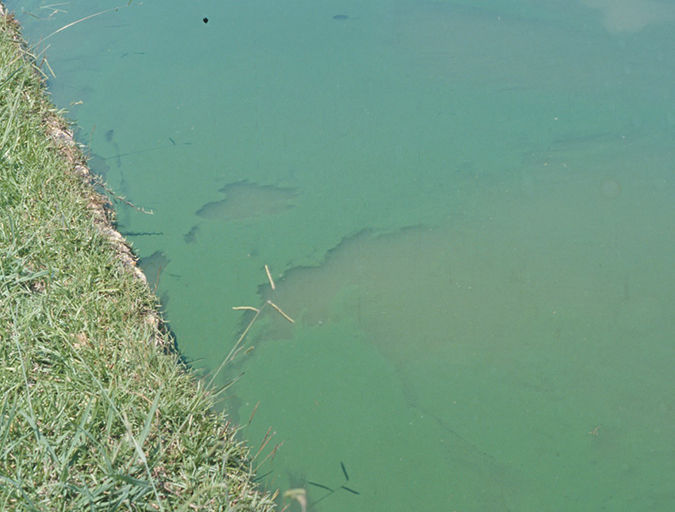
Health & Welfare
Phytoplankton a crucial component of aquaculture pond ecosystems
Phytoplanktonic organisms, or microalgae, are very abundant in aquaculture ponds and have critical roles in these ecosystems, significantly influencing overall pond ecology and water quality. Proper management of phytoplankton populations is essential for successful aquaculture pond production.
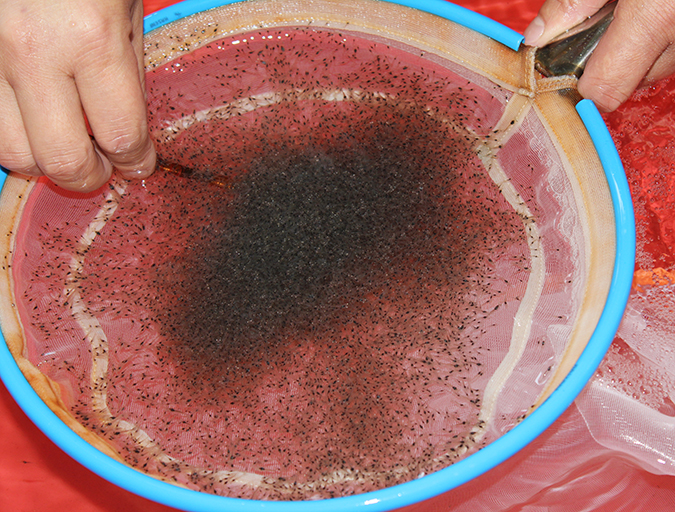
Health & Welfare
Acclimating shrimp postlarvae before pond stocking
Shrimp postlarvae acclimation before stocking into the various growout systems (ponds, raceways, tanks) is a critical – and often overlooked, sometimes taken for granted – step in the shrimp culture process. Various water quality parameters should be changed slowly so that the young shrimp have the time to gradually adapt to the new conditions.
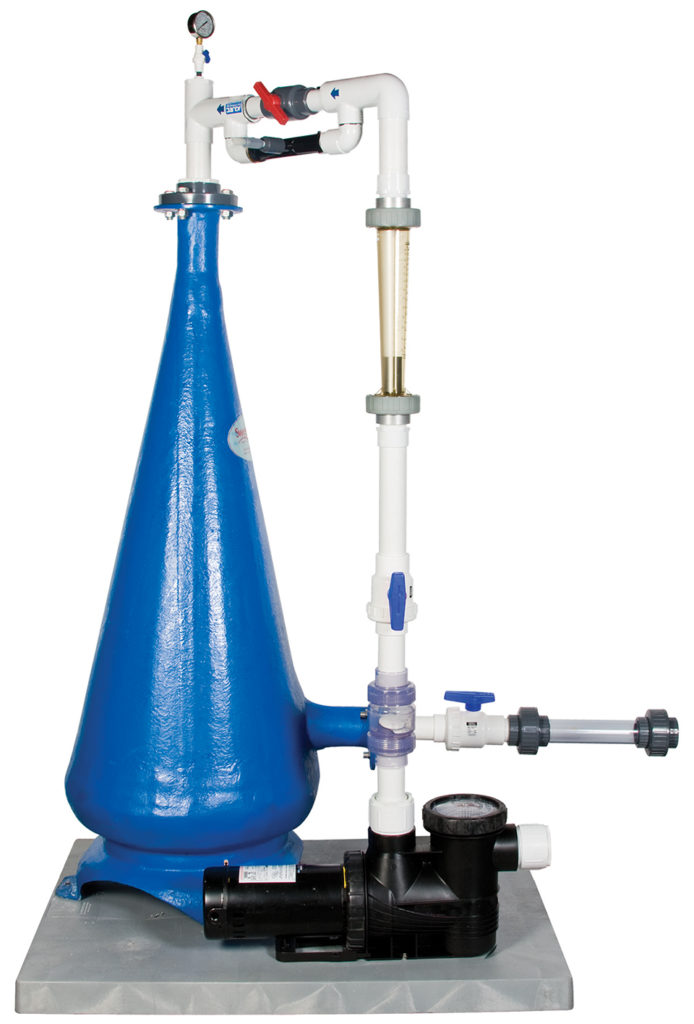
Responsibility
A look at unit processes in RAS systems
The ability to maintain adequate oxygen levels can be a limiting factor in carrying capacities for RAS. The amount of oxygen required is largely dictated by the feed rate and length of time waste solids remain within the systems.
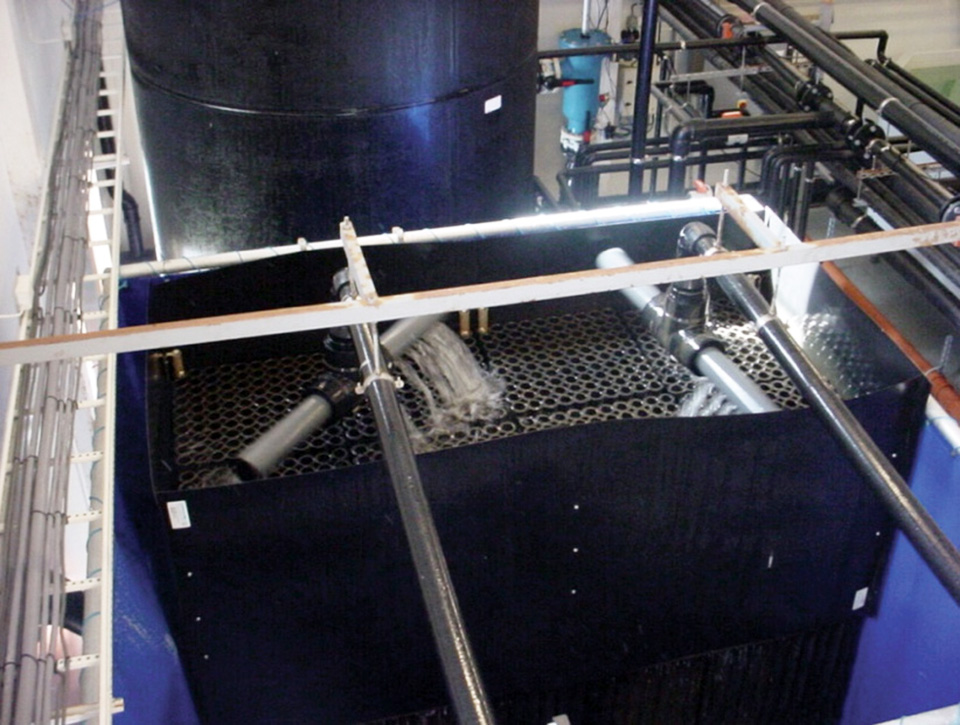
Innovation & Investment
A review of unit processes in RAS systems
Since un-ionized ammonia-nitrogen and nitrite-nitrogen are toxic to most finfish, controlling their concentrations in culture tanks is a primary objective in the design of recirculating aquaculture systems.

